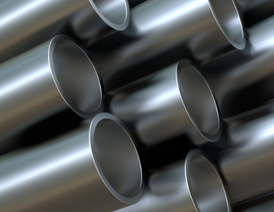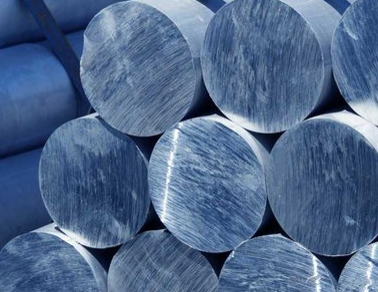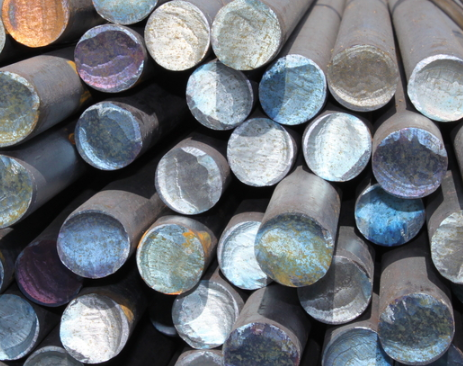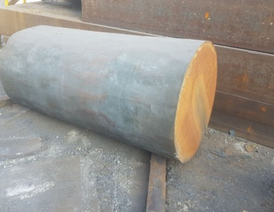Introduction
High-quality ingots are produced by remelting and refining steels and a variety of super-alloys using the electroslag remelting (ESR) process. Vacuum induction melting can be used to initiate this process. The as-cast alloy serves as a consumable electrode in the ESR process.
The fresh ingot, which is created in the bottom of a copper mould that has been water-cooled, is connected to the electrode by an electric current that is typically AC. An artificial slag that has been heated by the electric current covers the new ingot. As a result of contact with the slag, the electrode tip slowly melts. As the ingot is directionally solidified upwards from the bottom of the mould, these metal droplets go through the slag to the bottom of the water-cooled mould and slowly freeze.
The slag pool keeps floating higher above the refined alloy as it forms. Contaminants that chemically react with the slag or else ascend to the top of the molten pool are eliminated from the molten metal when the molten droplets travel through the slag.








